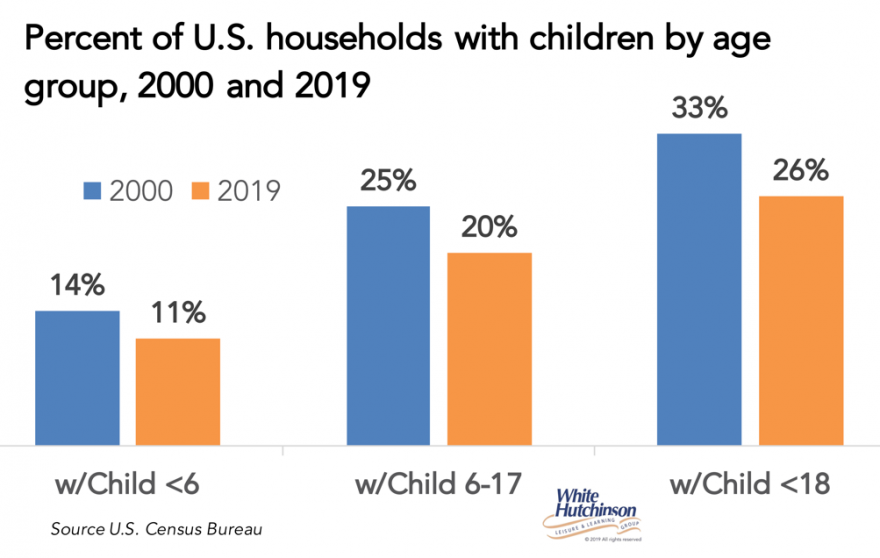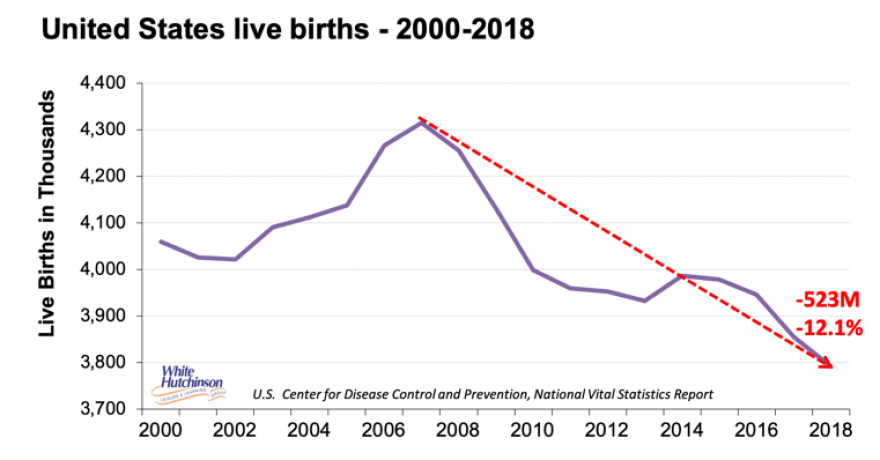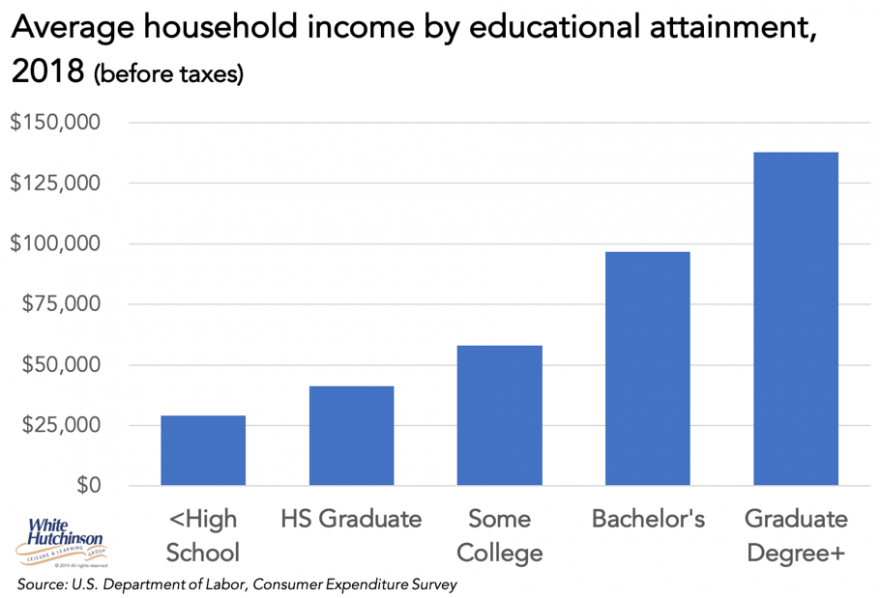
Vol. XIX, No. 11, December 2019
- Editor's Corner
- Kitschy pop-up Christmas bars are everywhere this year
- The growing appeal of agritourism
- Americans are moving less
- Preliminary market and site evaluation
- Families with children at all-time low
- Out-of-home spending by $100,000+ households, meet the HENRYs
- Randy White to keynote at Entertainment Experience Evolution
- Looking back from the future, why did the out-of-home entertainment industry apocalypse happen?
- Ahoy Matie, the pirates are coming
- Is video game use reducing time spent at OOH entertainment venues? Our latest white paper
- Meet the food connected consumer
Families with children at all-time low
The percent of households with children is at an all-time low, down from one-third in 2000 to only one-quarter (26%) of all households in 2019.

Not only is the percentage down, but the actual number of families with children is down by two percent compared to an almost one-quarter (23%) increase in the number of all household over the same 19-year period.
This trend is partially attributable to a falling birthrate, with the number of births now at an all-time low. The 3,792,000 births in 2018 was the smallest since 1986 with 63,800 fewer births than in 2017 and half a million fewer than the all-time high of 4.3 million in 2007.

Basically, what this means is that on average a smaller share of households in any market area have children. This is not good news for family and children's entertainment centers. Of course, there will be exceptions for a few growing markets where the growth is very family-with-children oriented.
Now for the good news. In 2000, only 27% of the families with children had a parent with a bachelor's or higher degree. In 2019, it has grown to 40%. Incomes generally correlate with educational attainment.

As a result, today a larger share of families with children are of a higher socioeconomic who have higher spending rates for out-of-home entertainment than lower socioeconomic families. Higher socioeconomic parents have more sophisticated tastes, so to attract them with their children to an entertainment venue requires higher quality than what might have worked in the past.
Vol. XIX, No. 11, December 2019
- Editor's Corner
- Kitschy pop-up Christmas bars are everywhere this year
- The growing appeal of agritourism
- Americans are moving less
- Preliminary market and site evaluation
- Families with children at all-time low
- Out-of-home spending by $100,000+ households, meet the HENRYs
- Randy White to keynote at Entertainment Experience Evolution
- Looking back from the future, why did the out-of-home entertainment industry apocalypse happen?
- Ahoy Matie, the pirates are coming
- Is video game use reducing time spent at OOH entertainment venues? Our latest white paper
- Meet the food connected consumer


